
Tia 568B Wiring Schema Wiring Diagram Data 568 B Wiring Diagram
Category 6 is an Ethernet cable standard defined by the Electronic Industries Association and Telecommunications Industry Association. Cat 6 is the sixth generation of twisted pair Ethernet cabling that is used in home and business networks. Cat 6 cabling is backward compatible with the Cat 5 and Cat 5e standards that preceded it.

Tia 568a Wiring Diagram
There are two standards recognized by ANSI, TIA, and EIA for wiring Ethernet cables. The first is the T568A wiring standard and the second is T568B. T568B has surpassed T-568A and is regarded as the default wiring scheme for twisted pair structured cabling. If you are unsure of which one to use, then choose T568B.
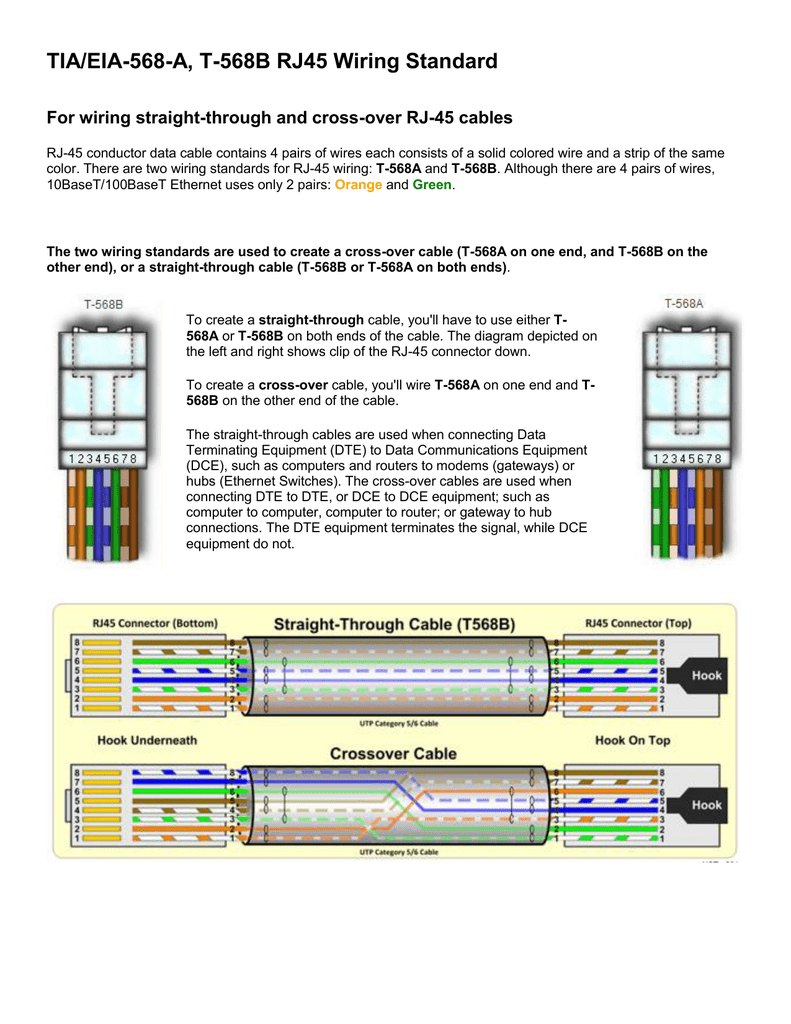
Tia Eia 568a And 568b Wiring Diagrams Wiring Diagram and Schematic Role
The color code schemes are defined by the ANSI Accredited Telecommunications Industry Association (ANSI/TIA). In the absence of a stated customer requirement, the 2018 dated ANSI/TIA 568.2-D revision sets the commercial building standard for how to match twisted pair wires to a plug or socket. ANSI/TIA 570-D sets the residential standard.
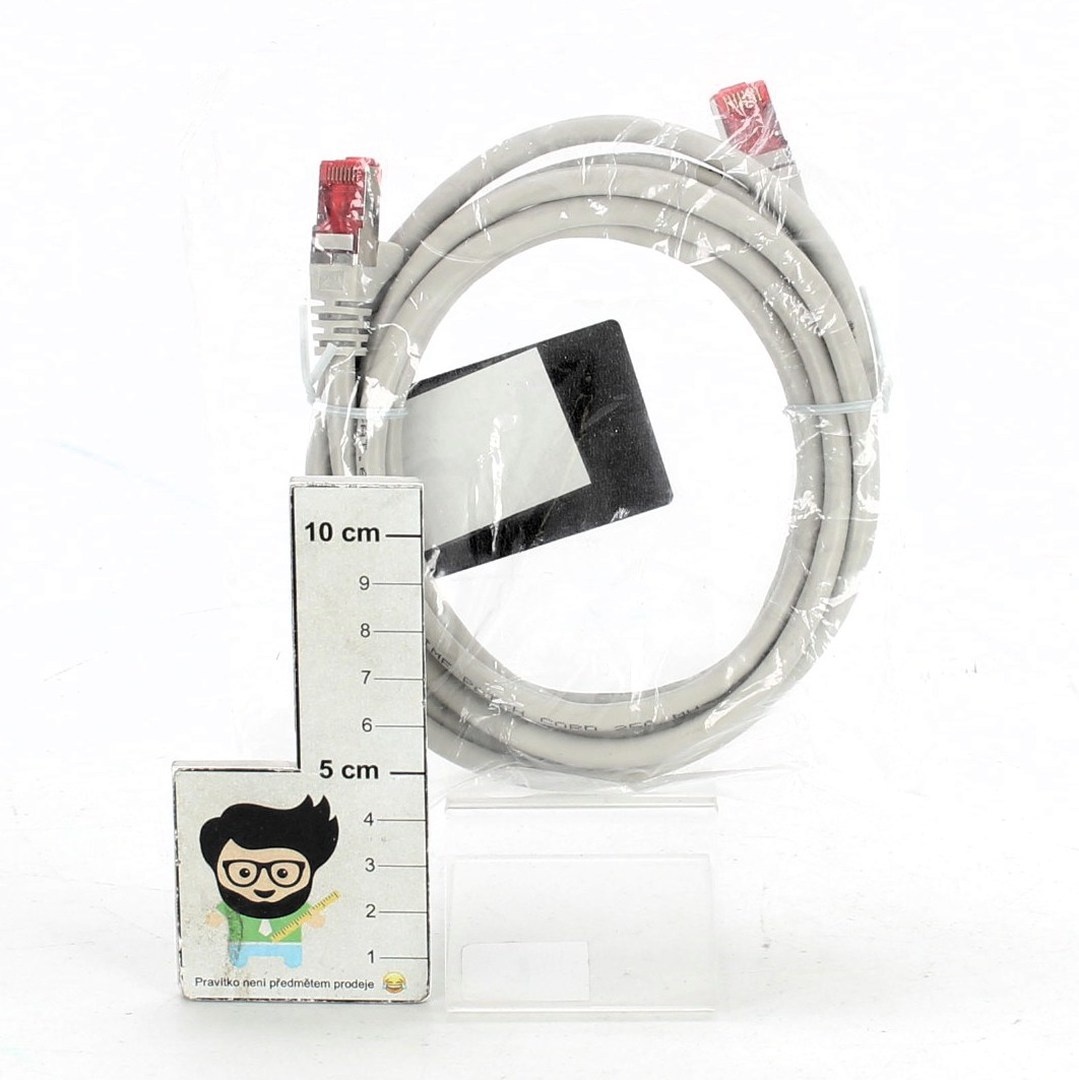
FTP kabel ANSI/TIA568C.2 šedý bazar OdKarla.cz
The Telecommunications Industry Association's (TIA) TR-42.7 Copper Cabling Systems Subcommittee recently approved for publication a revision to the 568 cabling standard that will recognize 28-AWG patch cords. The ANSI/TIA-568.2-D Balanced Twisted-Pair Telecommunications Cabling and Components Standard was authorized for publication during the TR-42.7's meeting the week of June 11-15, 2018.

Tia 568a Wiring Diagram
Category 6A The standard for Category 6A (augmented Category 6) is ANSI/TIA-568.2-D (replaces 568-C.2), [7] defined by TIA for enhanced performance standards for twisted pair cable systems. It was defined in 2018. [8] Cat 6A performance is defined for frequencies up to 500 MHz—twice that of Cat 6.

Netzwerkkabel Ratgeber Hilfe und Tipps zu Patchkabeln
RS-485, also known as TIA-485(-A) or EIA-485, is a standard, originally introduced in 1983, defining the electrical characteristics of drivers and receivers for use in serial communications systems. Electrical signaling is balanced, and multipoint systems are supported. The standard is jointly published by the Telecommunications Industry Association and Electronic Industries Alliance (TIA/EIA).
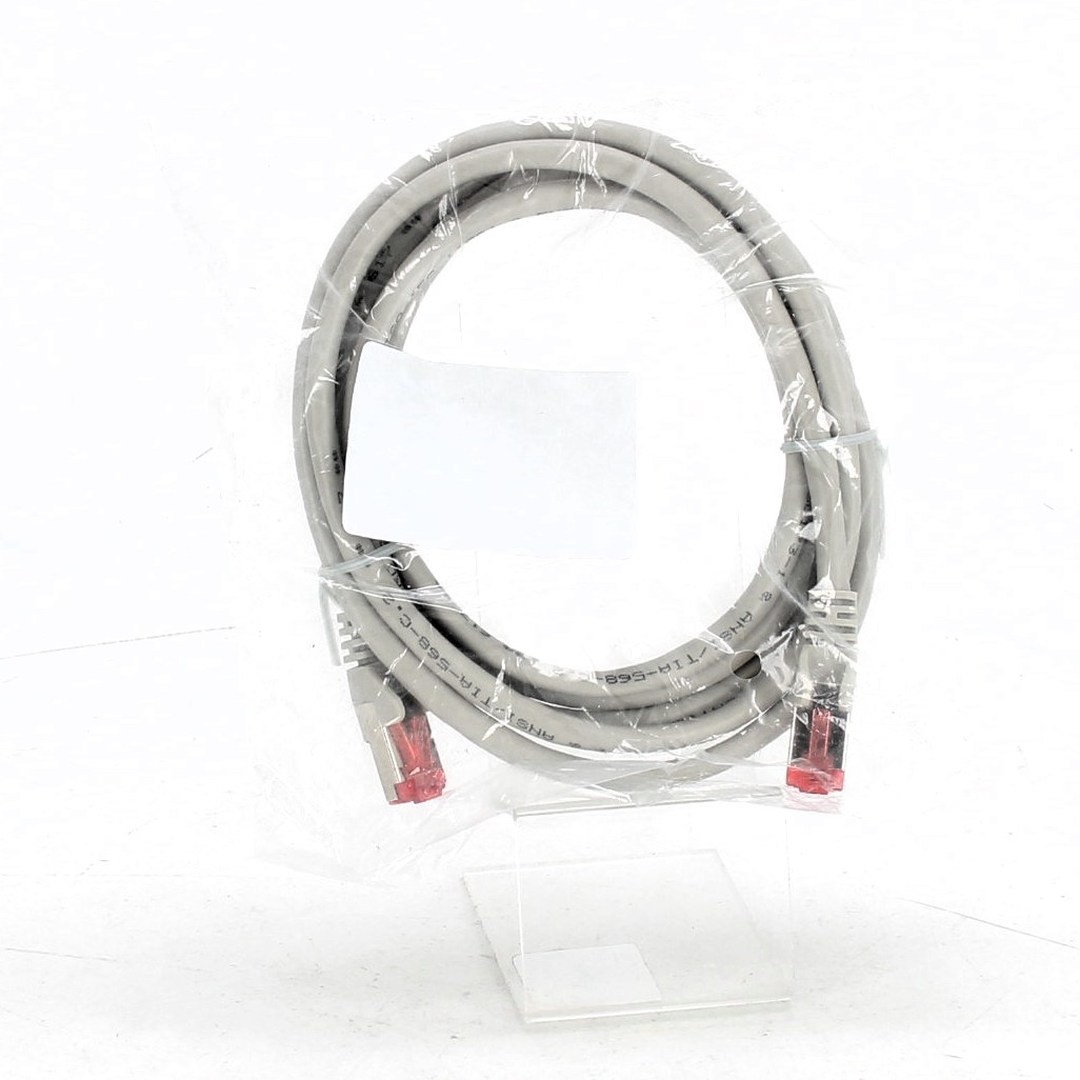
FTP kabel ANSI/TIA568C.2 šedý bazar OdKarla.cz
Cable types, connector types and cabling topologies are defined by ANSI/TIA-568. Category 5 cable is nearly always terminated with 8P8C modular connectors (often referred to incorrectly as RJ45 connectors [14] [15] [16] ). The cable is terminated in either the T568A scheme or the T568B scheme.
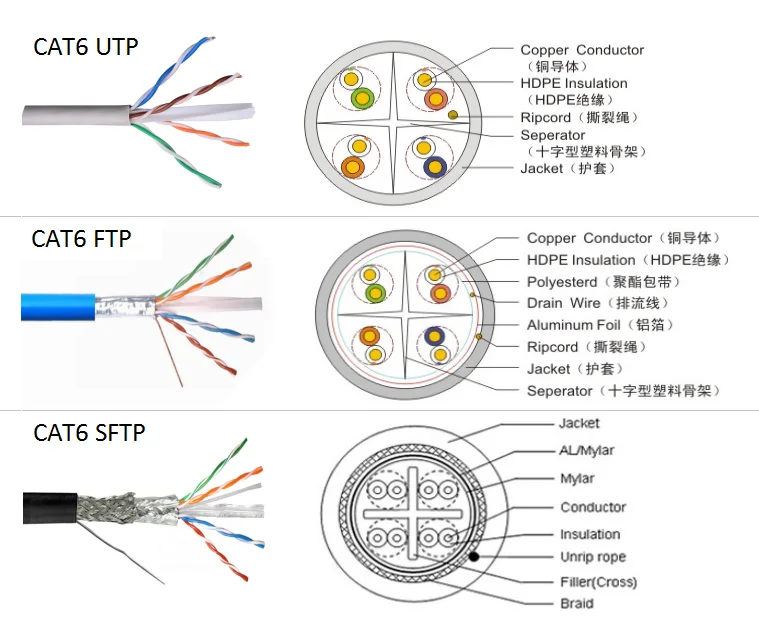
Tia/eia 568c.2 &iso/iec11801 Standard 4 Pairs 8 Core Cat6 Utp Netwrk
The ANSI/TIA 568 C.2 standard is written by the Telecommunications Industry Association and is meant to eliminate misunderstandings between manufacturers and purchasers, facilitate interchangeability and product improvement and to help a purchaser select the proper product for their needs.
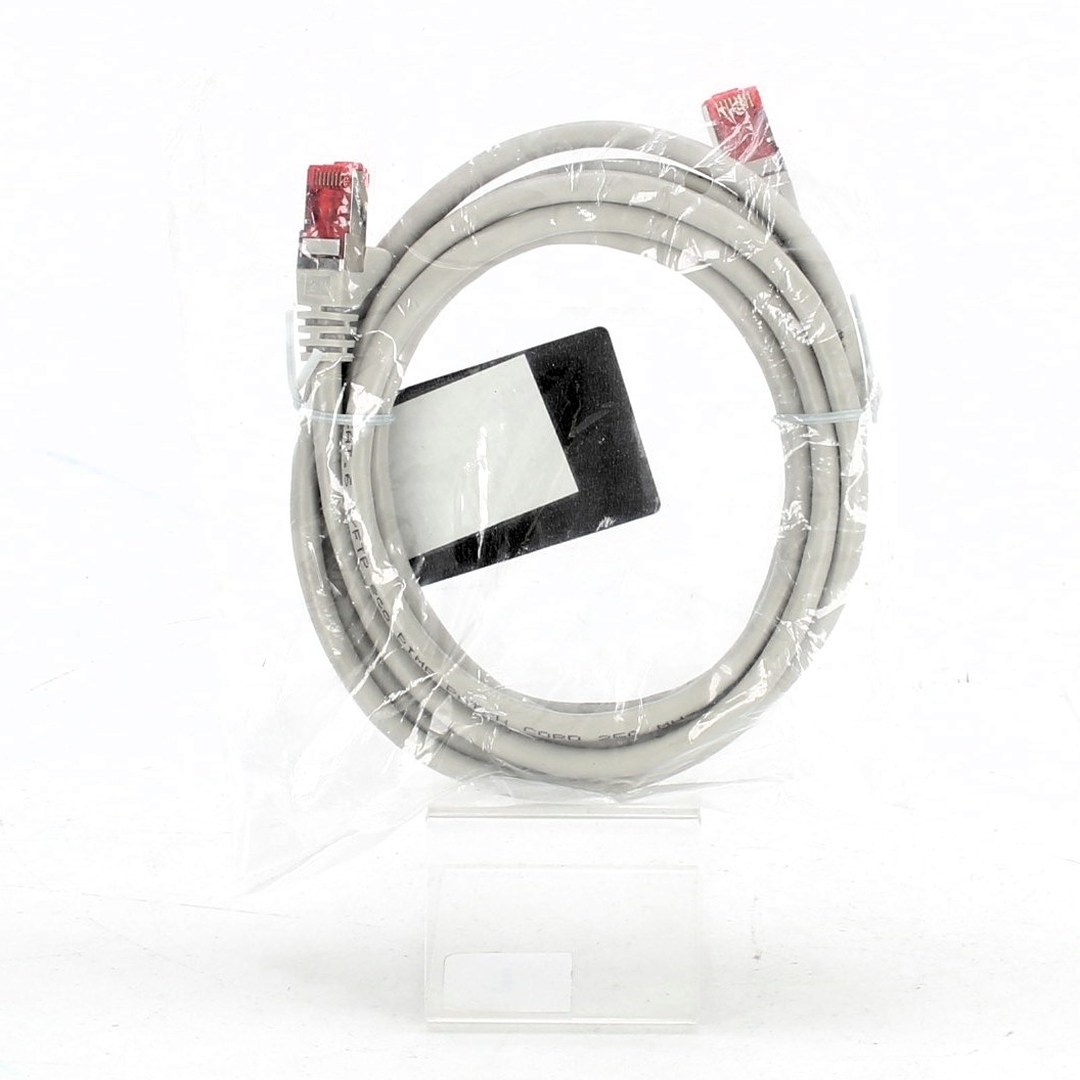
FTP kabel ANSI/TIA568C.2 šedý bazar OdKarla.cz
There are many differences between Category 6 (CAT6) and Category 6e (CAT6e). Take ICC cables for example. ICC's CAT6 cable has a frequency range of 500 MHz versus the CAT6e cable which has a range of 600 MHz. In addition, CAT6 is established by the Telecommunications Industry Association (TIA) as an industry performance standard and….

Tia/eia 568c.2 &iso/iec11801 Standard 4 Pairs 8 Core Cat6 Utp Netwrk
ANSI/TIA-568 is a technical standard for commercial building cabling for telecommunications products and services. The title of the standard is Commercial Building Telecommunications Cabling Standard and is published by the Telecommunications Industry Association (TIA), a body accredited by the American National Standards Institute (ANSI).
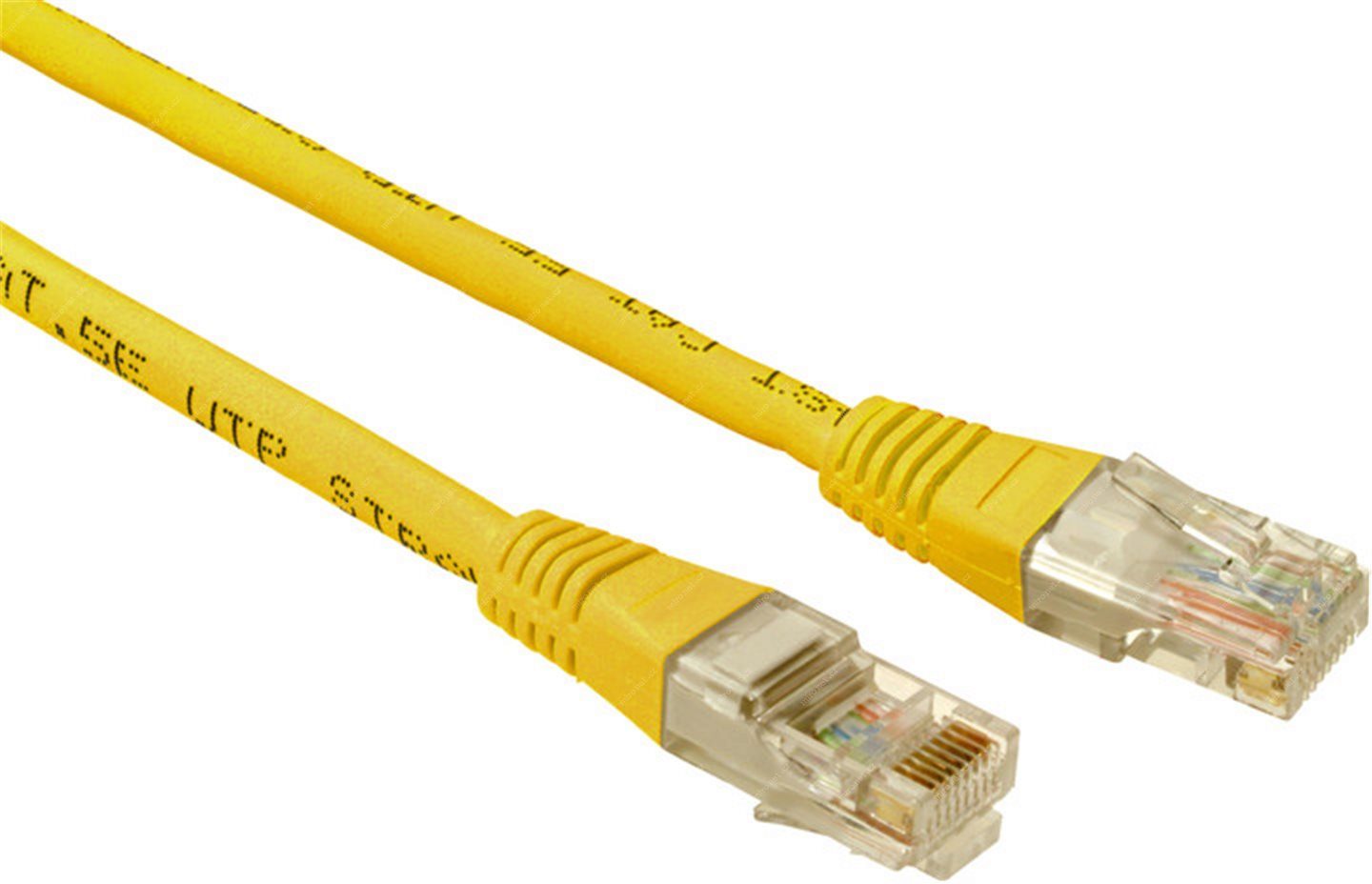
Propojovací Kabel tia/eia568b.2
Configurations are shown for a simple, single-transmitter/multiple receiver network through multiple transceiver to multibranched circuits. This application note provides basic guidelines for wiring an RS-485 network. The RS-485 specification (officially called TIA/EIA-485-A) does not specifically explain out how an RS-485 network should be wired.
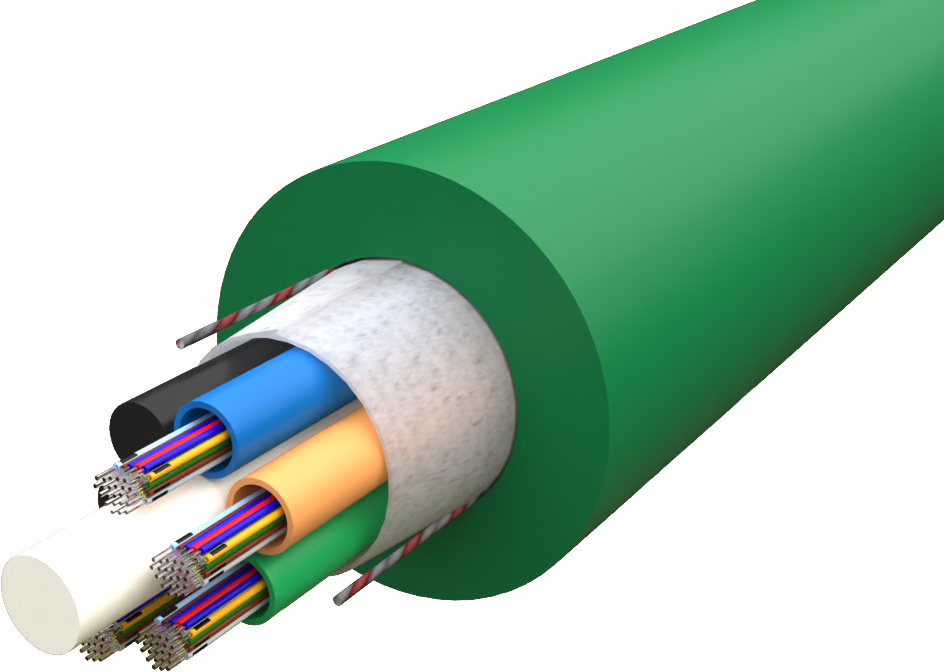
96F G657A1200 MLT cable Green LSZH Cca OD 7.8mm EIA/TIA 4km/d Melbye
The 568A and 568B standards were developed to provide more effective communications for longer distances in a Cat5e cable segment than using non standard schemes. Fibre Optic cable is the only medium that is completely immune to crosstalk and EMI since it uses light to transfer data instead of electrical current.
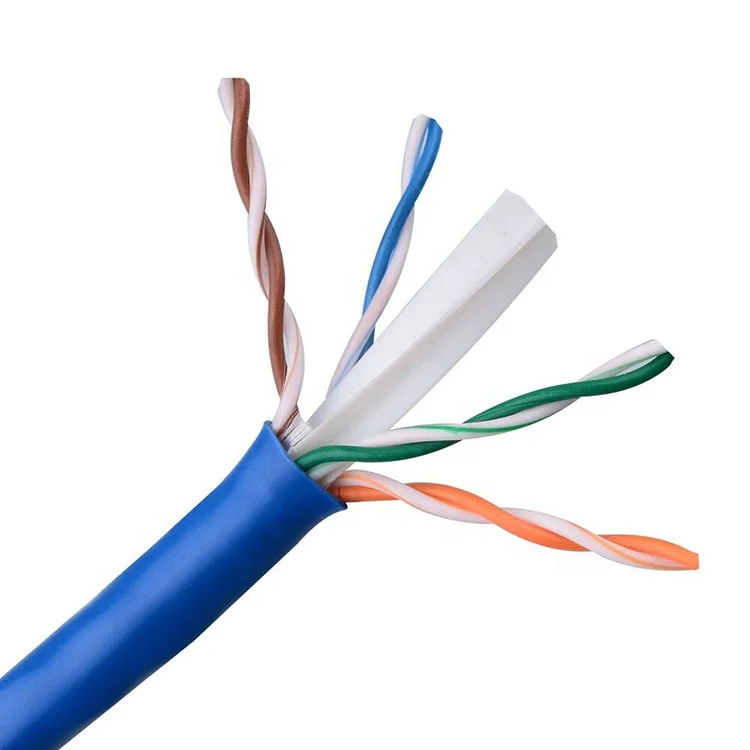
Tia/ei568c. 2 & Iso/iec11801 Standar 4 Pasang 8 Core Cat6 Utp Kabel
Cat 6A: two decades old and still growing. Although Cat 6A first appeared in 2004 in the form of CommScope's SYSTIMAX ® GigaSPEED ® X10D, it would not be formally published as a standard until 2009. By then, however, it was known across the industry as the cabling category of the future that would enable the next wave of high-bandwidth.

Tia 568b Wiring Diagram Focus Wiring
Non-TIA members, either domestically or internationally. Standards and Publications are adopted by TIA in accordance with the American National Standards Institute (ANSI) patent policy. By such action, TIA does not assume any liability to any patent owner, nor does it assume any obligation whatever to parties adopting the Standard or Publication.

Top 10 Tia/eia 568b.2 Cat 6 Cables LeisureTimery
Atlas-X1™ Cat 6A UTP Leviton Patented Noise-Canceling Helix Technology Cable. 3rd party verified to support short channels 9.14 meters (30 feet long) Supports Power over Ethernet (PoE) applications defined by IEEE 802.3bt PoE Type 1 (15.4 Watts) formerly 802.3af, Type 2 (30 Watts) formerly 802.3at, Type 3 (60 Watts), Type 4 (90 Watts), Cisco.

Cable Color Coding NetworkByte
Category 8 was ratified by the TR43 working group under ANSI/TIA 568-C.2-1. It is defined up to 2000 MHz and only for distances up to 30 m or 36 m, depending on the patch cords used. ISO/IEC JTC 1/SC 25 /WG 3 developed the equivalent standard ISO/IEC 11801-1:2017/COR 1:2018, with two options: [7] [8] [9]